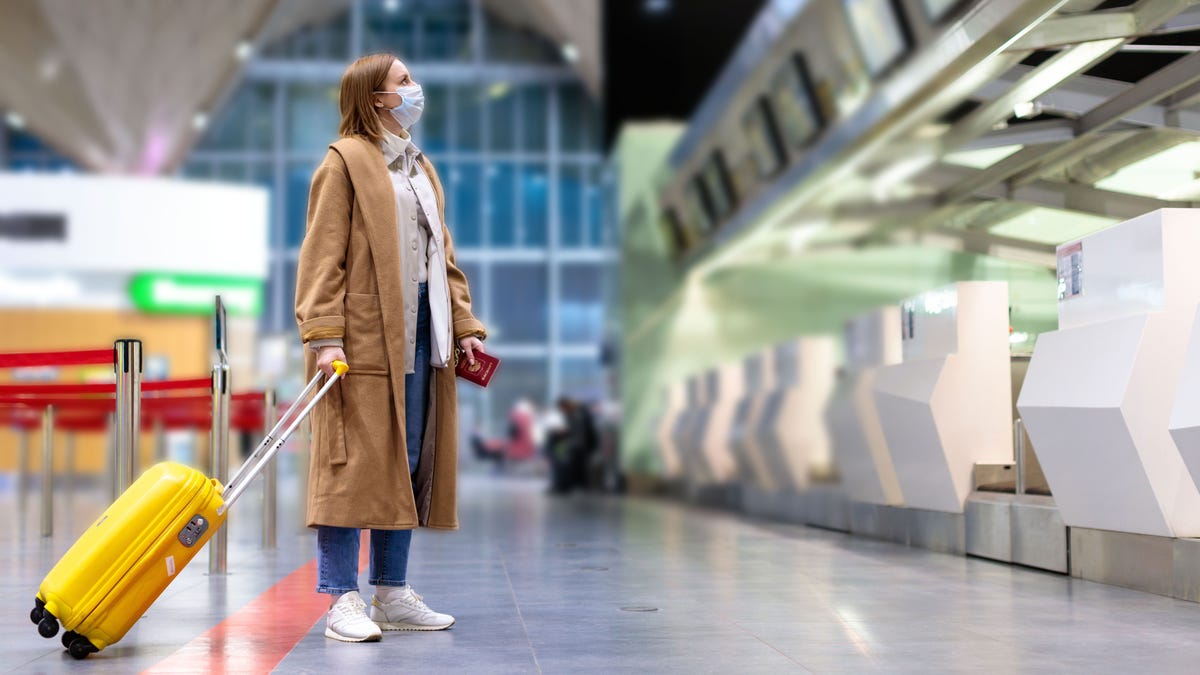What to Know About Changes to the CDC's 14-Day Quarantine Travel Policy - 3 minutes read
 Photo : DimaBerlin ( Shutterstock )
Photo : DimaBerlin ( Shutterstock )One of the biggest changes to travel during COVID-19 is the Centers for Disease Control’s (CDC) recommendation of a 14-day quarantine after you travel internationally or across state lines. Or it was, until Friday, August 21, when the CDC updated its travel guidelines, quietly dropping the 2-week quarantine recommendation. So does this mean we can start traveling sort-of like normal again? No, it does not. Here’s what you need to know.
Advertisement
What does the CDC’s updated travel quarantine policy say?
Unlike a lot of the COVID public health messaging, there was no major announcement regarding the CDC’s updated travel policies. Instead, the website was updated, and a few days later, news organizations (starting with USA Today) began reporting on this change.
Advertisement
The major takeaway is that yes, the CDC is no longer recommending that all international and interstate travel require a person to quarantine/self-isolate for 14 days , but it does specify that travelers should continue to follow state, tribal and territorial guidelines. In other words, the CDC is not saying that self-isolating after traveling is no longer necessary, but instead that travelers should look to state, tribal and territorial rules for specifics.
How can you check state/tribal/territorial travel policies?
Other than Googling “travel restrictions [insert state]” this page on the CDC website has links to the health department websites in each state and territory, while this one has information on tribal policies. It’s good to keep in mind that state policies are constantly being updated based on the latest COVID hotspots . So even if you checked your destination’s guidelines last week, check them again before going anywhere.
What else do the new guidelines say?
Basically, the rest is stuff we’ve heard already. But because it bears repeating, here’s what they call out in the “After You Travel” section:
You may have been exposed to COVID-19 on your travels. You may feel well and not have any symptoms, but you can be contagious without symptoms and spread the virus to others. You and your travel companions (including children) pose a risk to your family, friends, and community for 14 days after you were exposed to the virus. Regardless of where you traveled or what you did during your trip, take these actions to protect others from getting sick after you return: When around others, stay at least 6 feet
Wear a mask
Wash your hands
Watch your health and look for symptoms of COVID-19
Advertisement
The CDC’s policy also notes that some types of travel activities are more dangerous than others when it comes to COVID spread. These include:
Being in an area that is experiencing high levels of COVID-19 spread. You can check the levels for places you traveled, including countries U.S. states, territories, counties, and cities
Going to a large social gathering
Attending a mass gathering like a sporting event, concert, or parade.
Being in crowds — for example, in restaurants, bars, airports, bus and train stations, or movie theaters.
Traveling on a cruise ship or river boat.
So continue to avoid cruise ship weddings, keep wearing a face mask and don’t forget about physical distancing.
Source: Lifehacker.com
Powered by NewsAPI.org